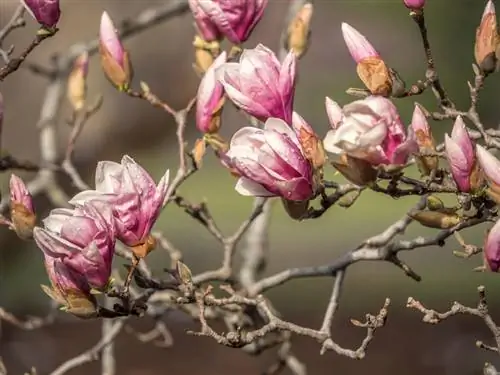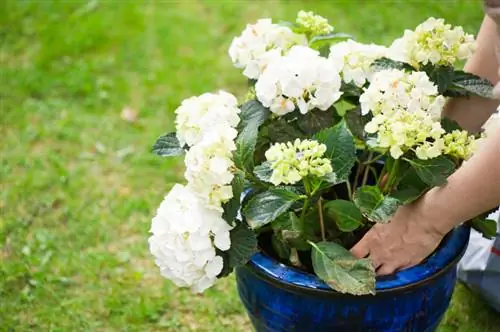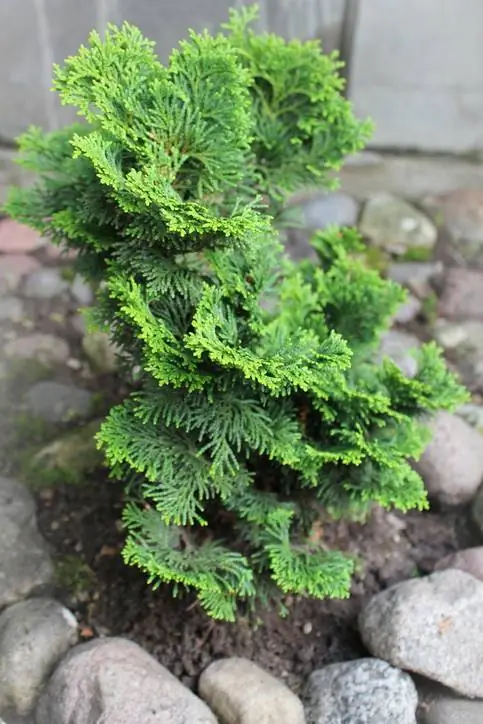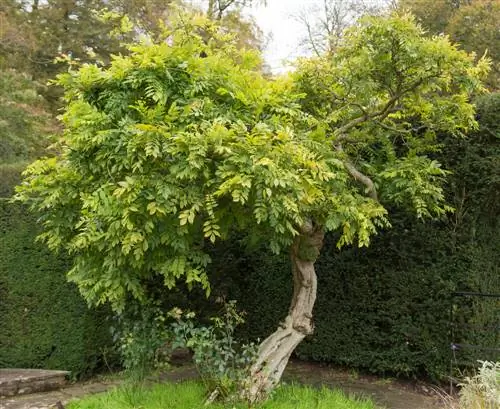- Author admin [email protected].
- Public 2023-12-16 16:46.
- Last modified 2025-06-01 06:02.
Magnolia soulangiana, as the tulip magnolia is botanically correctly called, can grow quite tall and much wider. Therefore, it may be necessary to remove a gnarled and difficult-to-prune tree after a few years. However, this measure needs to be carefully considered, because the tulip magnolia often reacts to replanting by being lazy to bloom.

When and how should you transplant a tulip magnolia?
Transplanting a tulip magnolia is best done in fall or late spring. Dig up the shallow roots carefully with a digging fork, make sure there is as little root damage as possible and plant the magnolia in a partially shaded, wind-protected location with loose, slightly acidic soil.
Choose the right location
If the previous location - for whatever reason - turned out to be unsuitable, the tulip magnolia should be transplanted. You should choose a place that meets the needs of the tree - so that the tulip magnolia grows quickly there and you don't have to worry about moving it. Prefer magnolias
- a bright but partially shaded location
- this should be warm and protected from the wind
- and a loose, permeable and slightly acidic soil.
A location in full sun is not recommended, because in such a location the frost-sensitive trees sprout too early - with the result that late frost destroys the flowers. You should also make the space as generous as possible.
When is the best time to transplant magnolia?
The best time to transplant is autumn, once the tulip magnolia has shed its leaves. However, this should be done early enough so that the tree still has some time to take root before the first frost. Late spring is also suitable for such a measure.
Transplanting tulip magnolia - This is how you do it
The magnolia is a shallow-rooted plant whose roots not only lie close to the surface, but can also extend very widely. Dig up the tree using a digging fork, damaging as few roots as possible. Remember that the above-ground parts should not be trimmed either. At best, the planting hole is twice as large as the root ball, and you should also have the soil in the new location well prepared and loosened. Improve the substrate with rhododendron or ericaceous soil. It is also very important to water the newly planted tree carefully and abundantly.
Tip
Unfortunately, tulip magnolias tend to react to the shock of transplanting by failing to bloom. In this case, the only thing that helps is patience until the tree has established itself again - which can take several years.






